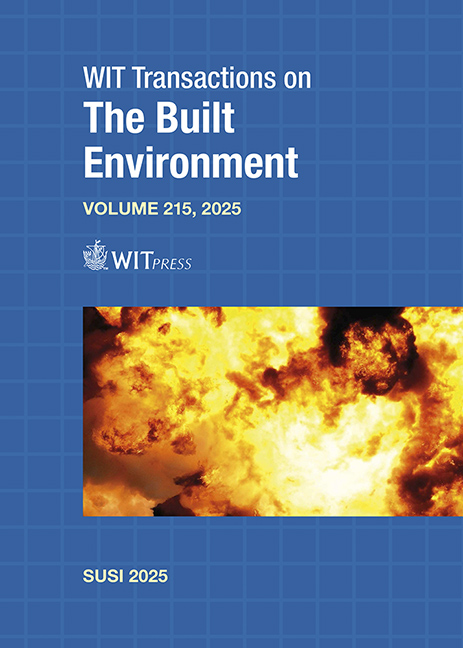NUMERICAL MODELLING OF ADDITIVELY MANUFACTURED AND WROUGHT MARAGING STEEL TARGETS UNDER BALLISTIC IMPACT
Price
Free (open access)
Transaction
Volume
215
Pages
10
Page Range
129 - 138
Published
2025
Paper DOI
10.2495/SUSI250121
Copyright
Author(s)
MAISIE EDWARDS-MOWFORTH, MIGUEL COSTAS, MARTIN KRISTOFFERSEN, TORE BØRVIK, FILIPE TEIXEIRA-DIAS
Abstract
The advantages of on-demand production and customised or optimised parts make additive manufacturing (AM) an exciting prospect for optimised armour systems. High-strength maraging steel is a martensitic steel, widely used in aerospace and tooling industries. The combination of high-strength and the flexibility of AM gives maraging steel significant potential for impact protection applications. However, the enhanced strength of maraging steel, achieved through heat-treatment, simultaneously causes reduced fracture elongation and impact toughness. Therefore, the improved ballistic perforation resistance comes at a compromise of reduced ductility, with the effects of AM fabrication potentially exacerbating the brittle behaviour. This study predicts the ballistic performance of heat-treated AM maraging steel targets, in comparison to wrought targets of the same material, through simulations validated by experiment data. Numerical models calibrated from material characterisation tests are established in the IMPETUS Afea Solver. The ballistic limit velocity was estimated conservatively within the experimentally determined value for both AM and wrought maraging steel with good agreement. Comparisons are drawn concerning how well the numerical failure techniques implemented, node splitting and element erosion, were able to capture the fragmentation behaviour of the brittle heattreated, high-strength targets.
Keywords
ballistic impact, maraging steel, additive manufacture, numerical modelling, fragmentation





